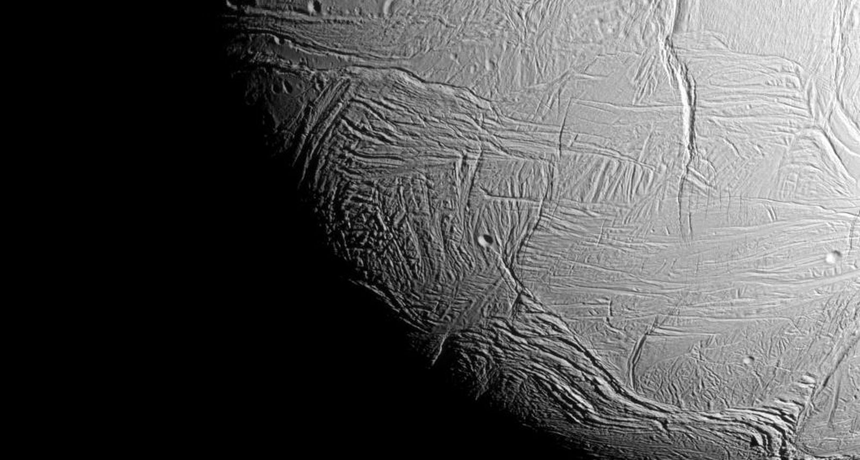Questions for ‘A trail of cosmic dust may lead to alien life’

Dust emanating from Enceladus holds clues that this moon of Saturn may be home to alien life.
NASA/JPL-Caltech/Space Science Institute

Dust emanating from Enceladus holds clues that this moon of Saturn may be home to alien life.
NASA/JPL-Caltech/Space Science Institute